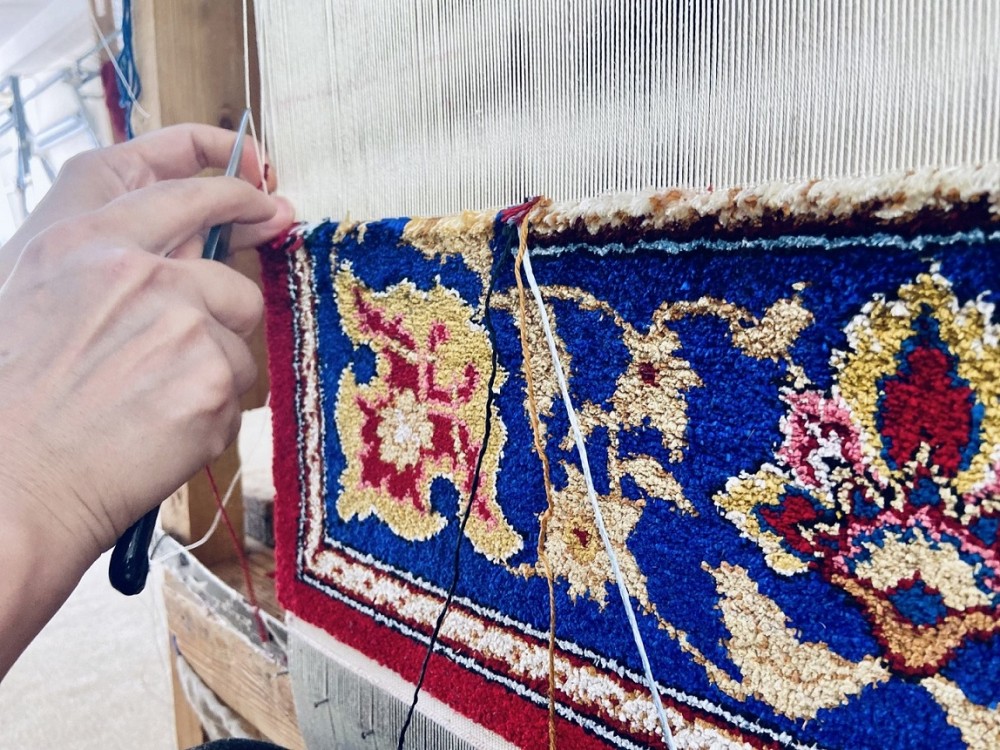
One of the interesting part of craftsmanship is weaving and its’ history is very ancient. The article was dedicated to history of weaving in Azerbaijan. Archaeological materials which concern to weaving were unearthed during the excavations last decade are very significant for the history of craftsmanship. From Neolothic to Medieval period weaving had been developed and catched its’ industrial high. Archaeological materials give us an opportunity to describe a life of weavers in ancient times in Azerbaijan. According to weaving, abundance of raw material reserves in Azerbaijan territories have rich development since ancient times.First of all, there are included wild technical plants as well as lagh, linen, hemp mallow, nettle and etc. Along with this, development of cattle-breeding especially weaving and existence of main raw material reserves,wool should be emphasized. According to researches, early step of weaving was connected with simple technical habits in weaving field. Archaeologists suppose that bone tools with sharp edge which were found at “Firuz” camp in Qobustan of the Mesolithic period are related to elementary weaving. So that, actually we can’t deny the fact of appearance of initial habits in weaving field before the Neolithic period.Afterwards, habits obtained in weaving stimulated formation of weaving in the Neolithic period.In the Neolithic period and in the Eneolithic period that had replaced it, weaving became one of the significant fields for home craftsmen. As is known, at that time fields as home craftsmen’s stoneprocessing, boneprocessing, ceramics production, leather and peltprocessing, metalprocessing were spread widely. Actually, development of weaving was closely connected with most of above said fields of craftsmanship.There was defined existance of traces of mattings made from clay and reed at Kultepe I near to Nakhchivan city and Alikomektepesi monument in Mugan. There are remains of textile and matting on sceletons and on surface of clay pots in opened ground graves. In addition, there are found remains of mattings on clay floors of buildings of Alikomektepesi settlement.
Source: Mammadova S. (2020). History of weaving in Azerbaijan. Scientific and Theoretical Almanac «Grani». 23(9): 74-82
Source web-site: https://grani.org.ua/index.php/journal/article/view/1554/1535
Number of views: 2339